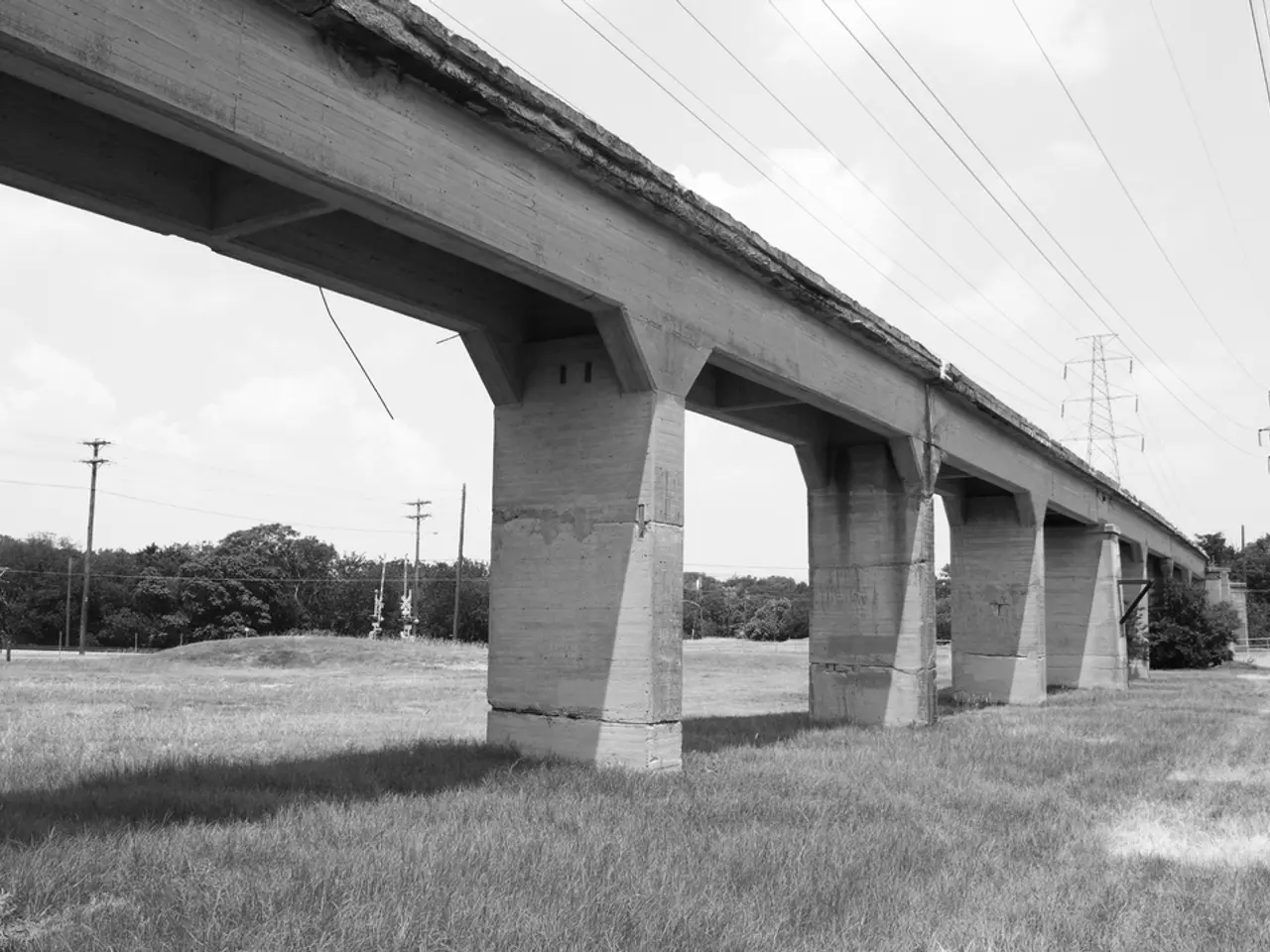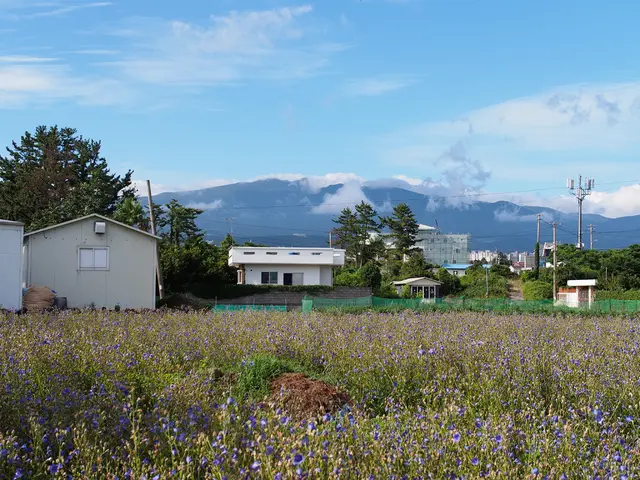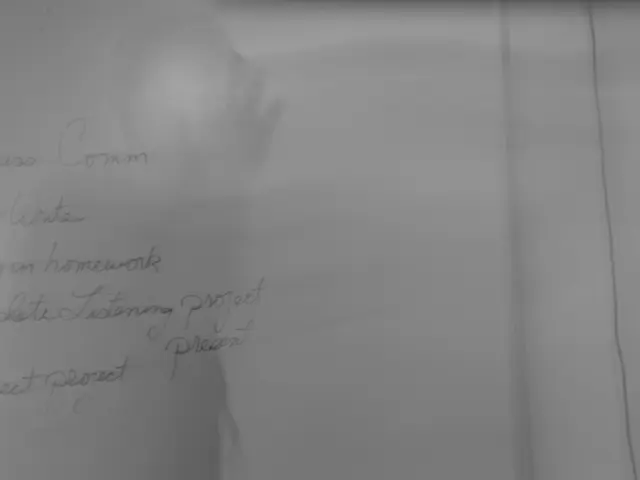Stirling Green Hydrogen Project Aims to Cut Emissions and Power Superglass' Facility
A new project in Stirling, Scotland, aims to support Superglass' sustainability goals and Scotland's decarbonisation strategy. The scheme, led by Ras Al Khaimah's Green Hydrogen Energy Company and Carlton Power, will produce green hydrogen to reduce greenhouse gas emissions and support Superglass' manufacturing facility.
The initial phase of the project involves developing a 10MW electrolyser, which will generate approximately 1000 tonnes of green hydrogen annually. This production will lead to a reduction of around 7000 tonnes of greenhouse gas emissions. The hydrogen will be produced using renewable energy sources, primarily wind and solar power.
The project aims to supply Superglass' manufacturing facility with this green hydrogen, reducing its reliance on natural gas. Carlton Power, which has partnered with Superglass for this project, anticipates increased hydrogen demand in the area and plans to add additional capacity to the project in the future. The scheme is located near Superglass' manufacturing plant on the Thistle Industrial Estate in Stirling.
Subject to planning and financing, the Stirling Green Hydrogen scheme is expected to be operational in 2026. This will be Carlton Power's first project in Scotland and will be similar to its other shortlisted hydrogen projects. Superglass and Carlton Power will work together to secure grant funding and operational financial support from the UK Department of Energy Supply and Net Zero.







